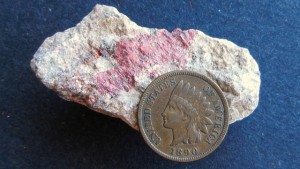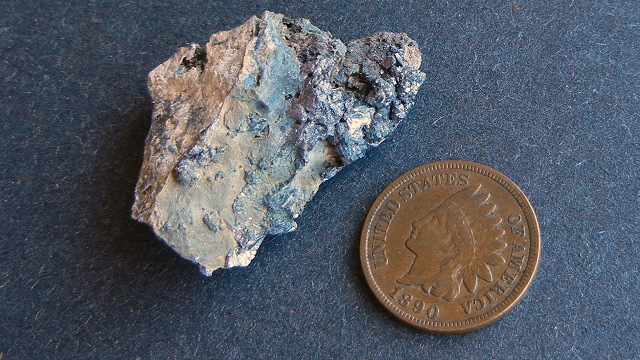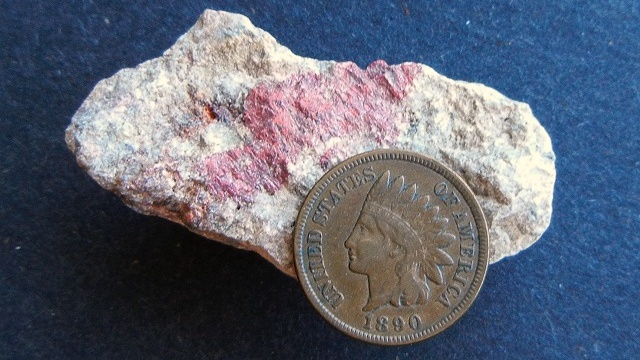
It's widely known that California has a mercury problem unlike other parts of the world. We don't produce it and we don't emit much any more, but a lot of old mercury is still lying around from the mining days. How did that happen?
In undisturbed nature, mercury is no more than a very local and very temporary problem. Mercury occurs mostly in sulfide compounds that are concentrated where ore-forming fluids invade metal-rich rocks. Cinnabar and metacinnabar are both mercury sulfide, HgS. Metacinnabar forms at higher temperatures.

The California Coast Range was a natural place for world-class mercury ore bodies to grow. First, the range has a large amount of metal-rich rocks in the form of serpentinite and its parent rock, peridotite, derived from ancient seafloor. Second, these rocks were cracked and tilted as the Coast Range was built. Third, volcanic activity worked over these rocks, adding heat and chemically active fluids. Thus the source rocks were repeatedly mobilized, attacked and disrupted, a natural refining sequence that at each step concentrated metals.
Serpentinite is a slippery rock that tends to attract faults, which in turn attract fluids. Hot deep fluids replaced the serpentinite with carbonate minerals like calcite, then again with silicate minerals like quartz. As veins of these minerals fan outward they carry mercury with them. Coast Range mercury was originally deposited at high temperatures deep underground, often associated with gold sitting a bit deeper. It remains for erosion to slowly uncover the ores. In coastal California, erosion is quite active as the Coast Range continues to rise.
Wide zones of silica-carbonate alteration dot our mountains and host hundreds of mercury occurrences. The great New Almaden Mine, south of San Jose, exploited a deposit of this type. It was the largest mercury producer in North America, spawning the gold mining industry that followed the placer gold rush of 1849. Cheap, efficient mercury amalgamation was the key to gold production, and New Almaden mercury made it feasible.
